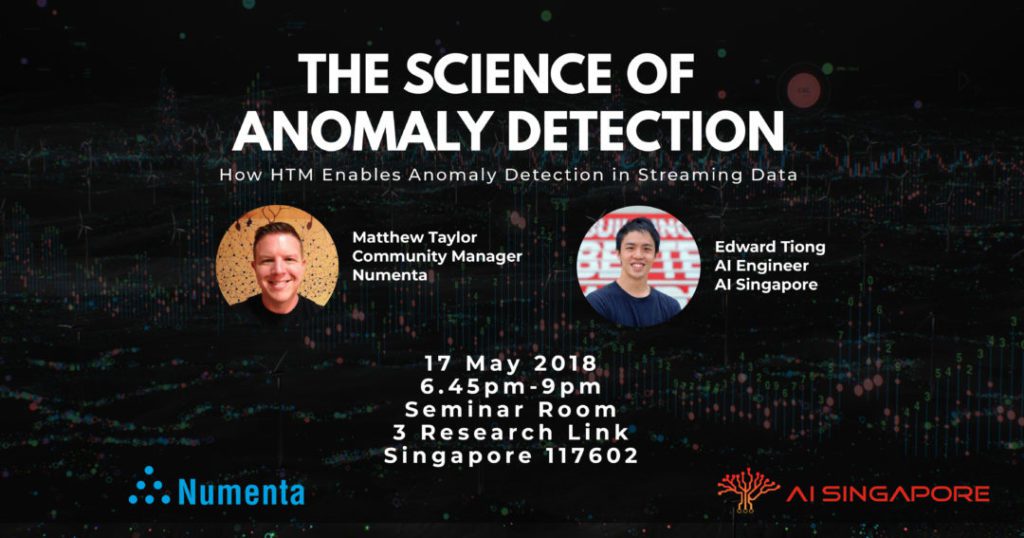About:
Sensors and data streams are proliferating as the ‘Internet of Things’ vision becomes realized. However, using the data from these sensors can be cumbersome. Specifically, being able to identify anomalies in streaming data is surprisingly difficult. Most techniques are in the form of thresholds, i.e. predetermined limits set to identify abnormalities. However, thresholds have some glaring weaknesses, such as finding problems only after an event has happened, rather than before, and not adapting to new states, where false positives often crowd out important signals.
Hierarchical Temporal Memory (HTM) for IT works on a model of the neocortex, a part of the brain which controls many vital processes in our actions and behavior, thereby, making it the best suited for streaming data applications where the underlying patterns are continually changing.
Abstract:
Today’s wave of AI technology is still being driven by the ANN neuron pioneered decades ago. Hierarchical Temporal Memory (HTM) is a realistic biologically-constrained model of the pyramidal neuron reflecting today’s most recent neocortical research. This talk will describe and visualize core HTM concepts like sparse distributed representations, spatial pooling and temporal memory. Strong AI is a common goal of many computer scientists. So far, machine learning techniques have created amazing results in narrow fields, but haven’t produced something we could all call “intelligent”. Given recent advances in neuroscience research, we know a lot more about how neurons work together now than we did when ANNs were created. We believe systems with a more realistic neuronal model will be more likely to produce Strong AI. Hierarchical Temporal Memory is a theory of intelligence based upon neuroscience research. The neocortex is the seat of intelligence in the brain, and it is structurally homogeneous throughout. This means a common algorithm is processing all your sensory input, no matter which sense. We believe we have discovered some of the foundational algorithms of the neocortex, and we’ve implemented them in software. I’ll show you how they work with detailed dynamic visualizations of Sparse Distributed Representations, Spatial Pooling, and Temporal Memory.

